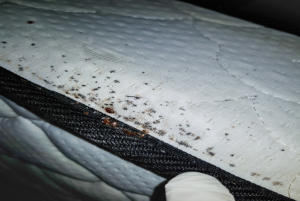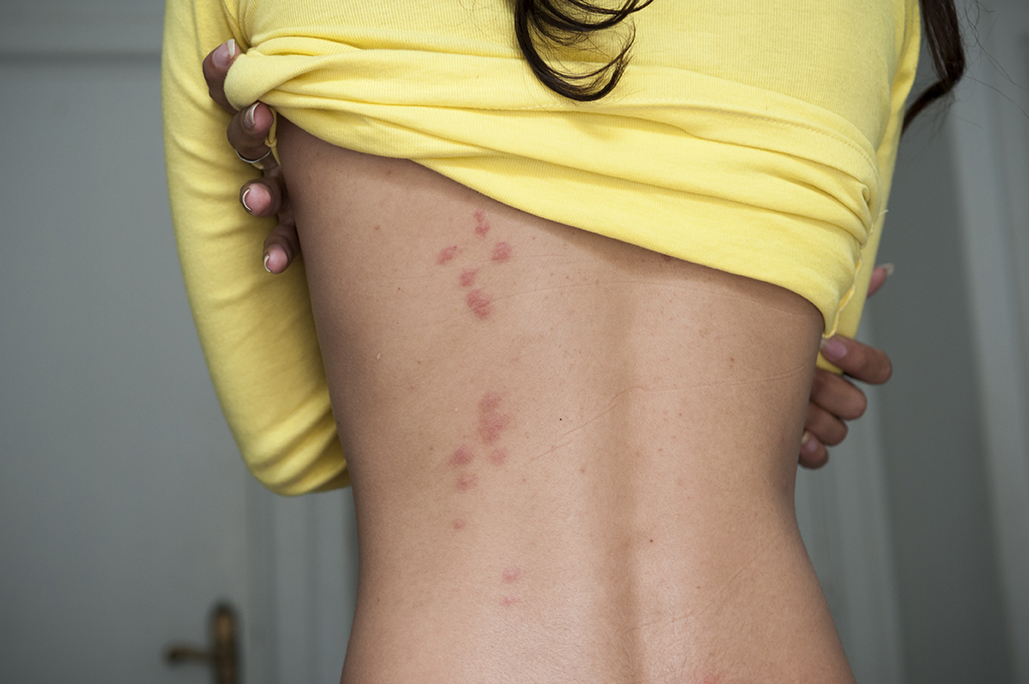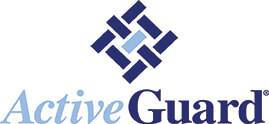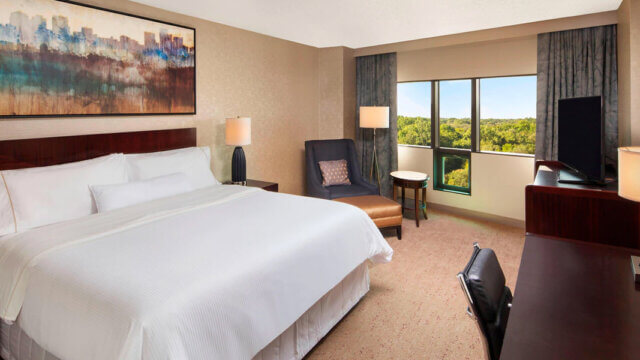NATIONAL REPORT—Bed bugs are one of those elusive, mysterious pests that people don’t quite understand. This commonly encountered pest can easily be brought into a hotel regardless of the business’ best efforts. And, while the internet is full of advice on how to avoid them, some of this advice is simply incorrect while other theories are really half-truths, false beliefs or remnants of old wives tales’ that won’t effectively prevent a bed bug infestation from occurring.
In order to clear up some misconceptions about bed bugs, we compiled the following list of bed bug myths. A thorough understanding of bed bugs and keen awareness of what to watch out for is necessary to keep your hotel safe from a bed bug infestation.
Myth:
Bed bugs only occur in unkempt and cheap roadside motels and hotels. Our hotel is clean and safe from bed bugs.
Fact:
Bed bugs do not discriminate. They will infest a five-star resort just as easily as they will a motel. Bed bugs are excellent hitchhikers that can be picked up nearly anywhere. Just one impregnated female bed bug can result in a full-blown infestation in nearly any hotel in a matter of weeks. Bed bugs are quite common. According to a study by the National Pest Management Association, one out of five Americans has had a bed bug infestation in their home or knows someone who has encountered bed bugs at home or in a hotel. Without a bed bug prevention program in place, a hotel has a high likelihood of suffering from continued bed bug infestations.
Myth:
Preventing bed bug infestations sounds good, but it is too costly. It is more cost effective to educate staff on identifying bed bugs, monitoring for infestations and reactively treating infestations when they occur.
Fact:
Reacting to bed bug infestations can be a costly endeavor. It is typically recommended that you treat not only the infested room but those adjoining rooms on either side and above and beneath as well.

A 2017 research report, “Behind the Cost of Bed Bugs: Hospitality Industry Report,” indicated that hotels spend on average $6,383 per bed bug incident. This cost includes the expense for pest control remediation, the loss of room revenue during the inspection and treatment process, guest compensation and discarding of soft goods. The report continues that over a five-year period, bed bug-related costs to hoteliers could catapult to more than $160,000.
Up until recently, the additional financial impact of bed bugs on hotel brand reputation was considered an unmeasurable metric. However, a University of Kentucky study found that just one negative report of bed bugs on a travelers’ online review site can cost a 300-room hotel catering to business travelers $274,000 per month in revenue. When looking at a similarly sized hotel catering to vacation travelers, the costs approached $166,000 per month.
Consider how much you can save by implementing a prevention strategy in your hotel versus reacting to the problem with this hotel savings calculator.
Myth:
The bed bug encasement on our mattresses and/or box springs will protect our guests from bites and our hotel from getting an infestation.
Fact:
Encasements are simply a barrier that protects only the mattress and/or box spring that they are covering from bed bugs by trapping them inside or preventing them from entering. Once ripped or torn, a common occurrence, their effectiveness is completely compromised. Encasements do not protect the person sleeping in the bed. A bed bug can easily seek harborage in the seams of an encasement or other cracks, crevices or soft surfaces near the bed. While the encasement will theoretically protect the actual mattress and/or box spring from becoming infested, it will not stop bites nor will it protect a room from an infestation if bed bugs are introduced after the encasement is installed. Once installed, any bed bugs missed during treatment will remain available to establish an infestation. An active liner will, however, kill bed bugs after they make contact helping to prevent an infestation for up to two years. An added benefit is the identification of dead bed bugs is a clear signal of activity.
When seeking out information about bed bugs, ensure that you are tapping into a legitimate site such as a pest control company, state university or national association like the National Pest Management Association.
About Allergy Technologies
ActiveGuard® Mattress Liners kill bed bugs. Easily installed on mattresses or box springs, these liners offer two-year continual prevention and control against any adult bed bugs, nymphs or eggs. ActiveGuard has no cautionary signal words or use restrictions on its label. Only four sizes—single/twin, double/full, queen and king—fit almost every available mattress or box spring and accommodate up to extra-large in length and 17-in. in depth. Underlying is ActiveGuard’s formulation; a unique and proprietary delivery system that offers sustained bioavailability of permethrin for two years. Newest research supports that after a short exposure to ActiveGuard of only 10 minutes, bed bugs regardless of their level of resistance, begin to show significant reductions in feeding (biting) and a dramatic inability to lay eggs. This results in discontinuation of population growth thereby halting progression of an incident to an infestation. If you are seeking a proactive prevention approach, ActiveGuard should be considered as the centerpiece of your long-term solution to keep bedding from being infested. ActiveGuard Mattress Liners are covered under U.S. Patents 5,916,580, 6,214,365, 6,440,438 and pending patents.
Learn more about Bed Bug Prevention here: https://hotelbedbugprevention.com/hotel-prevention/





